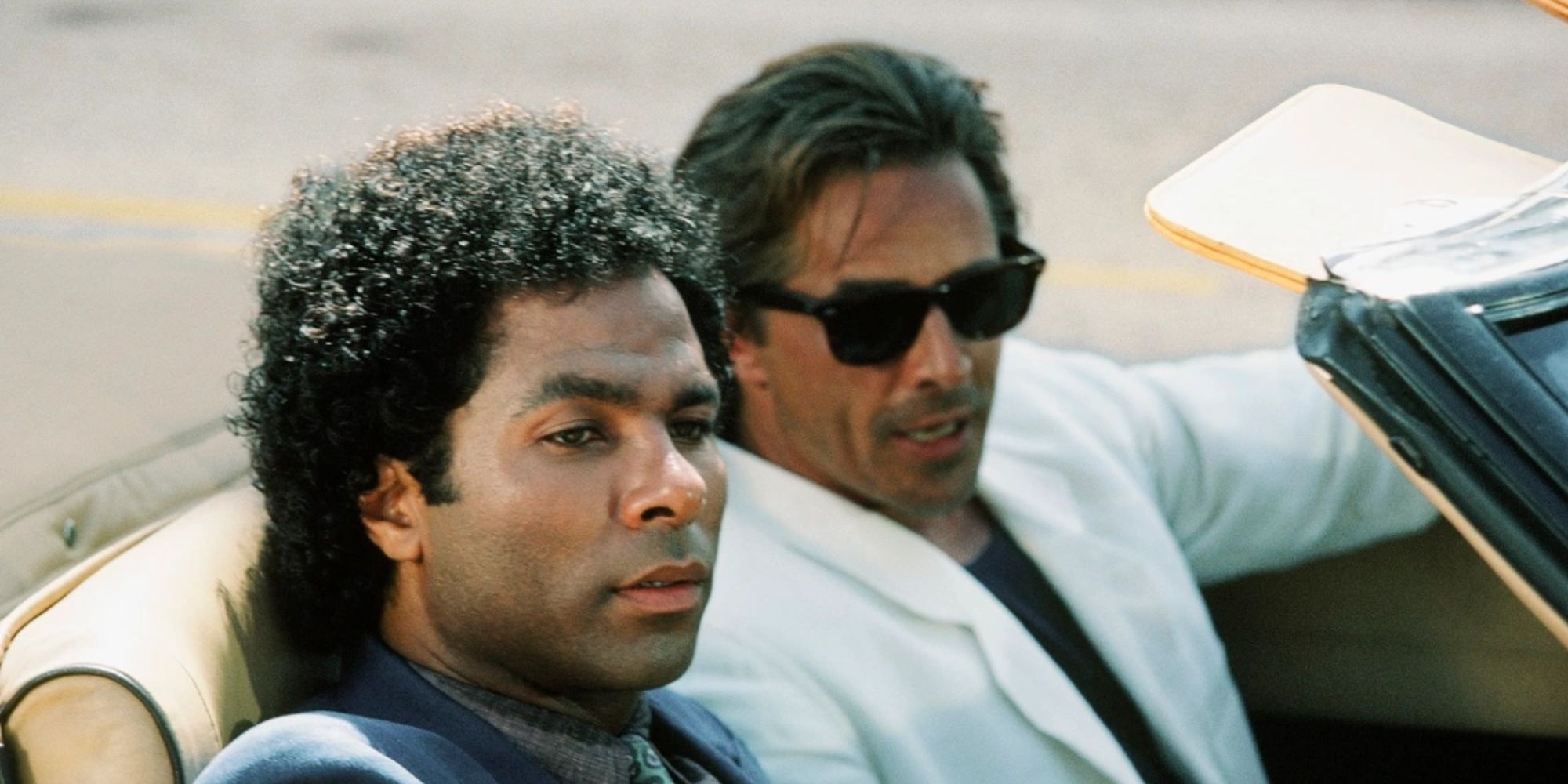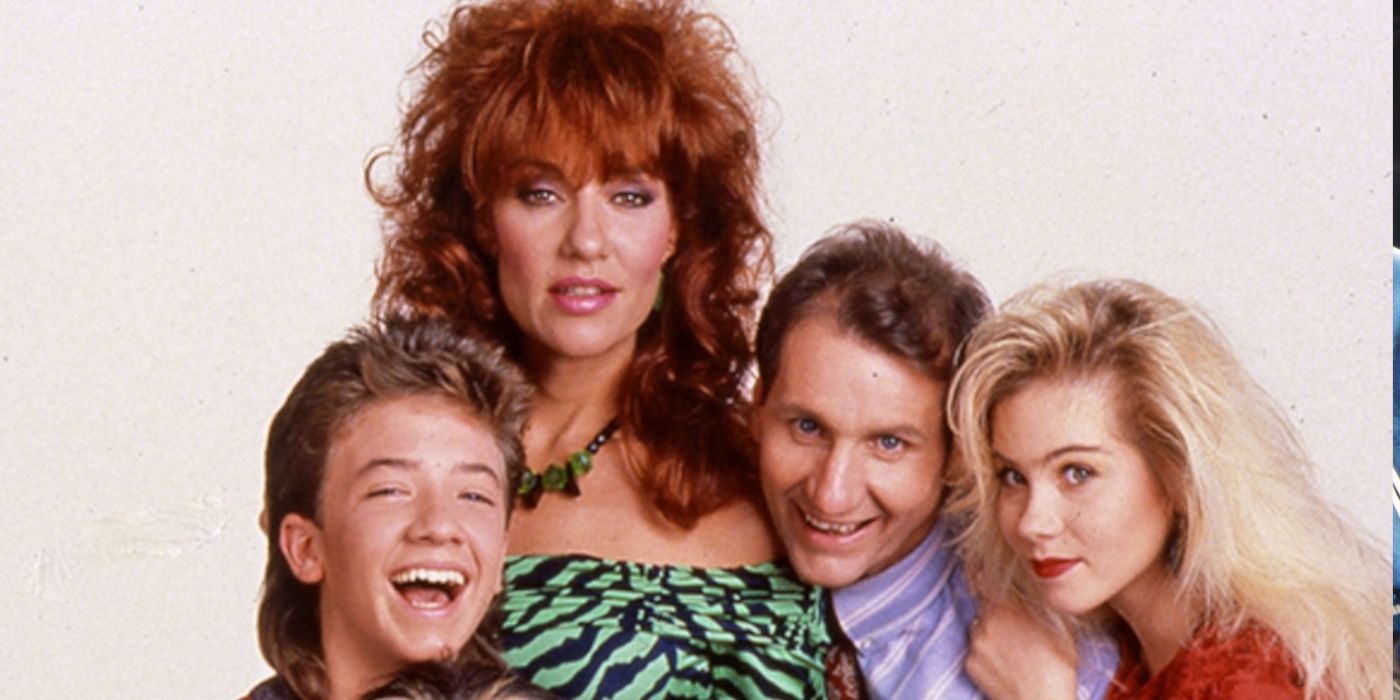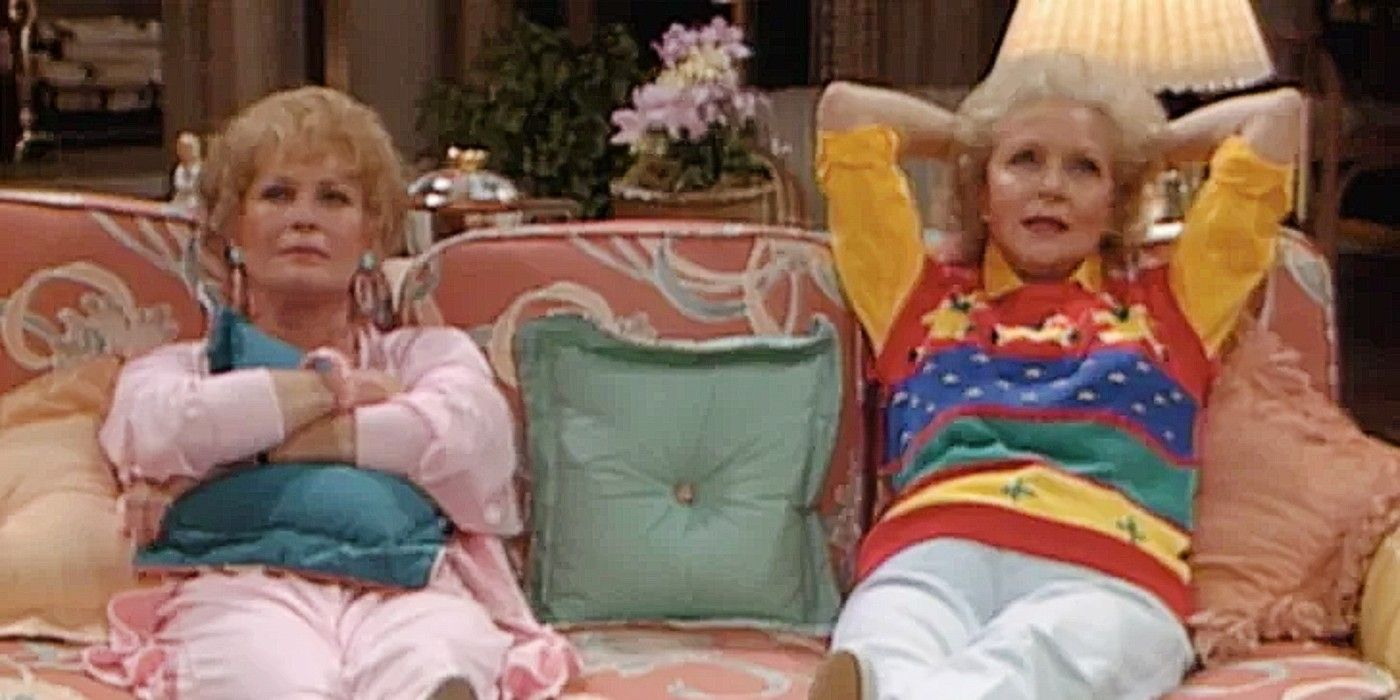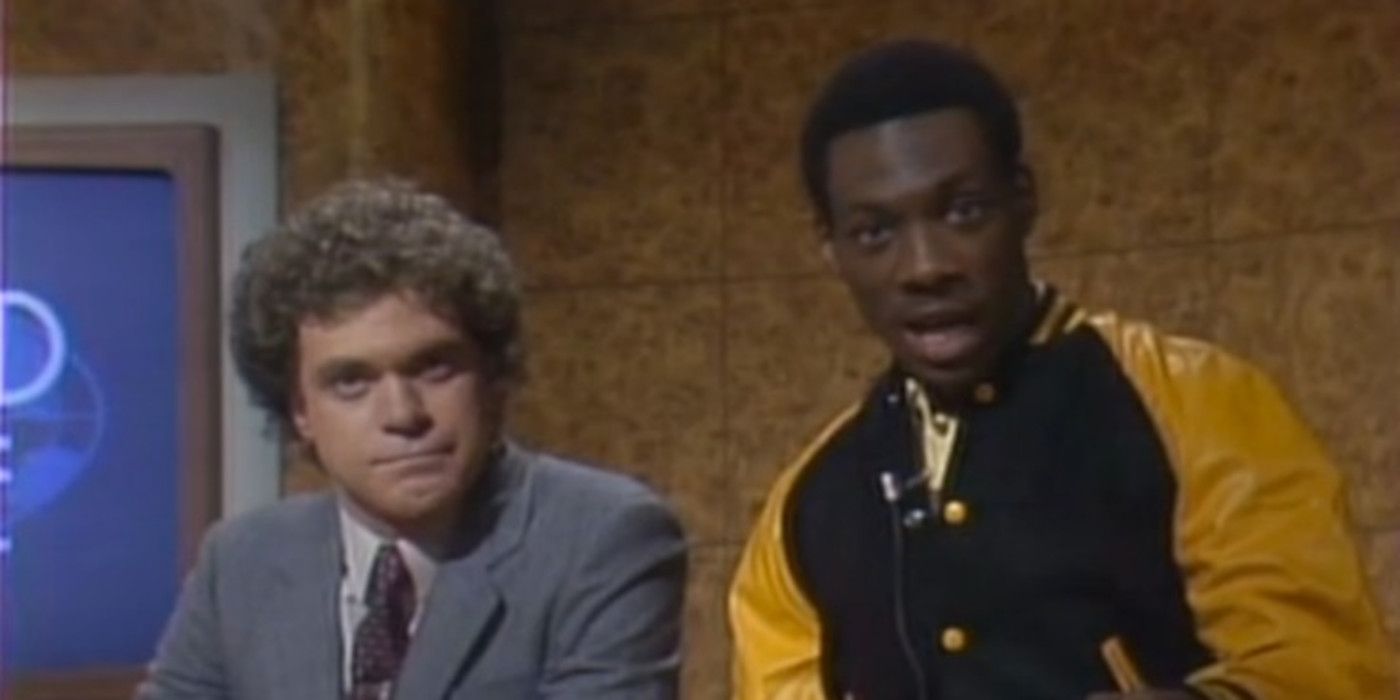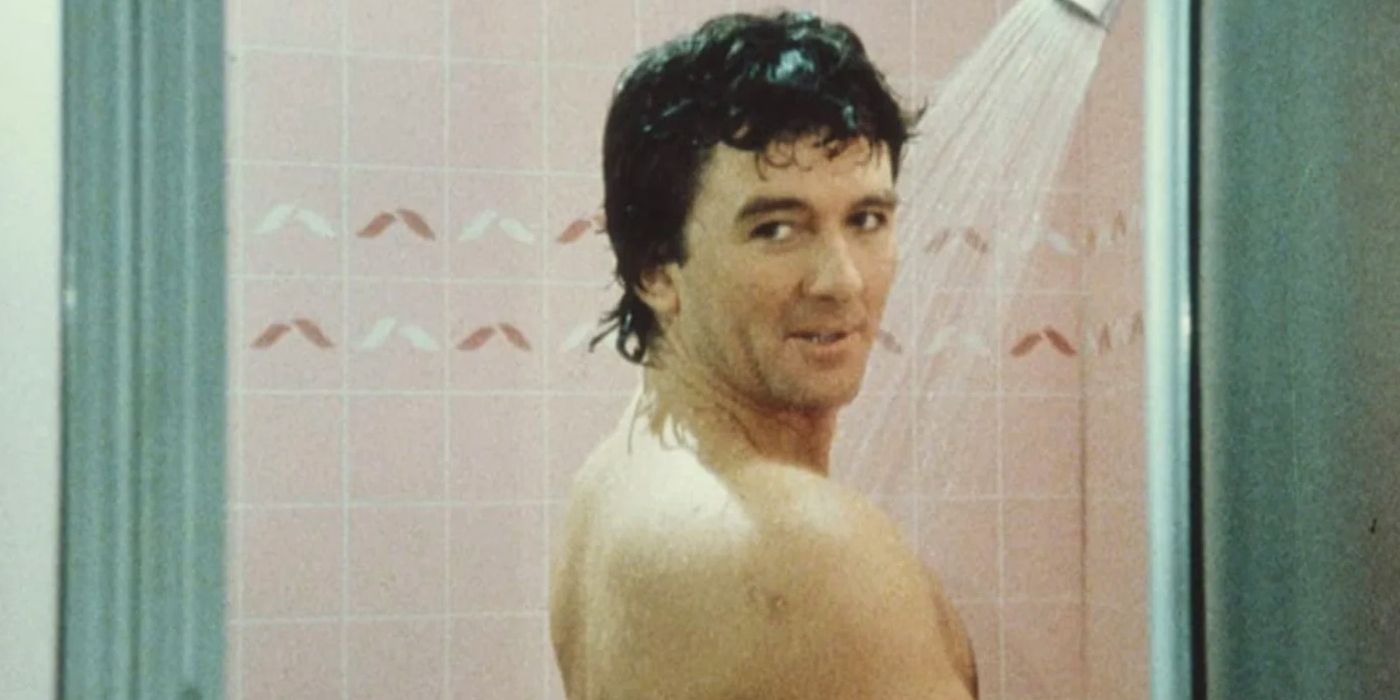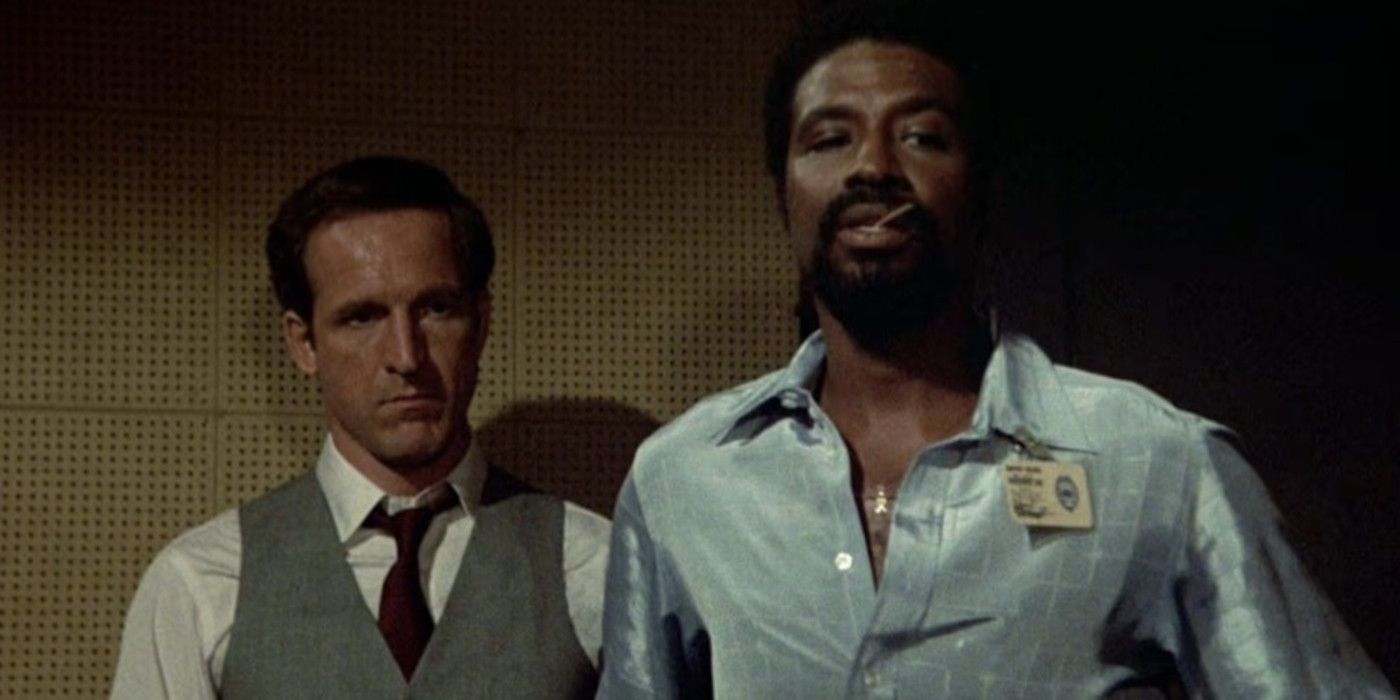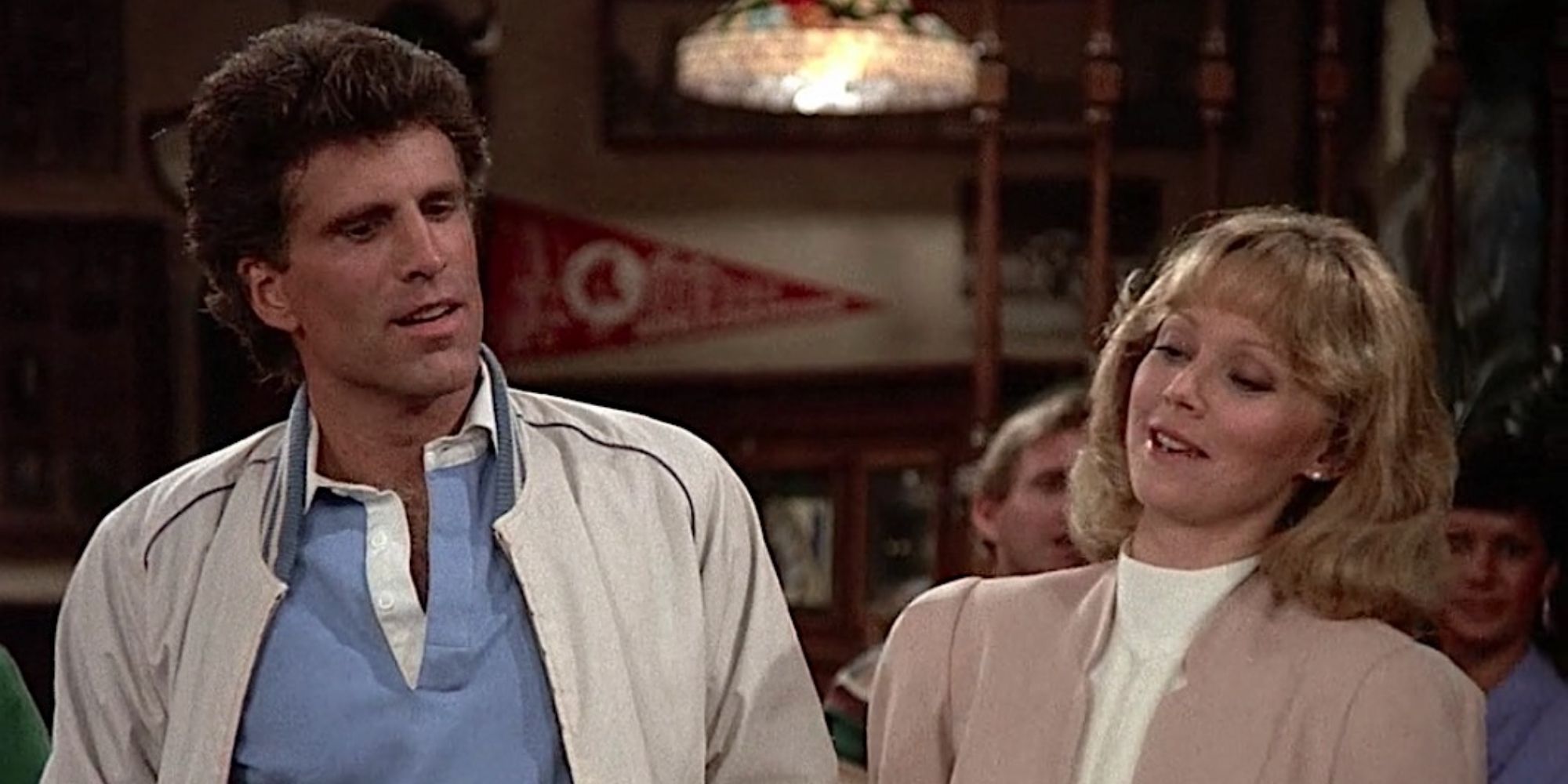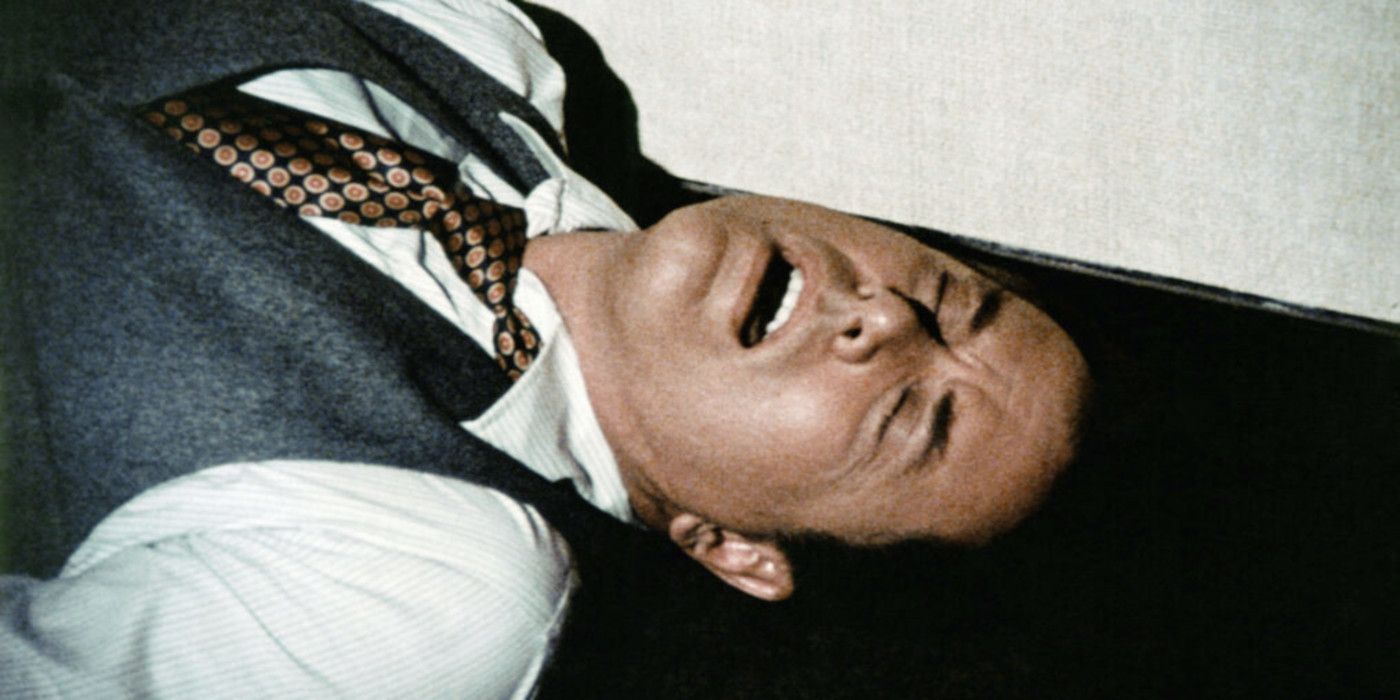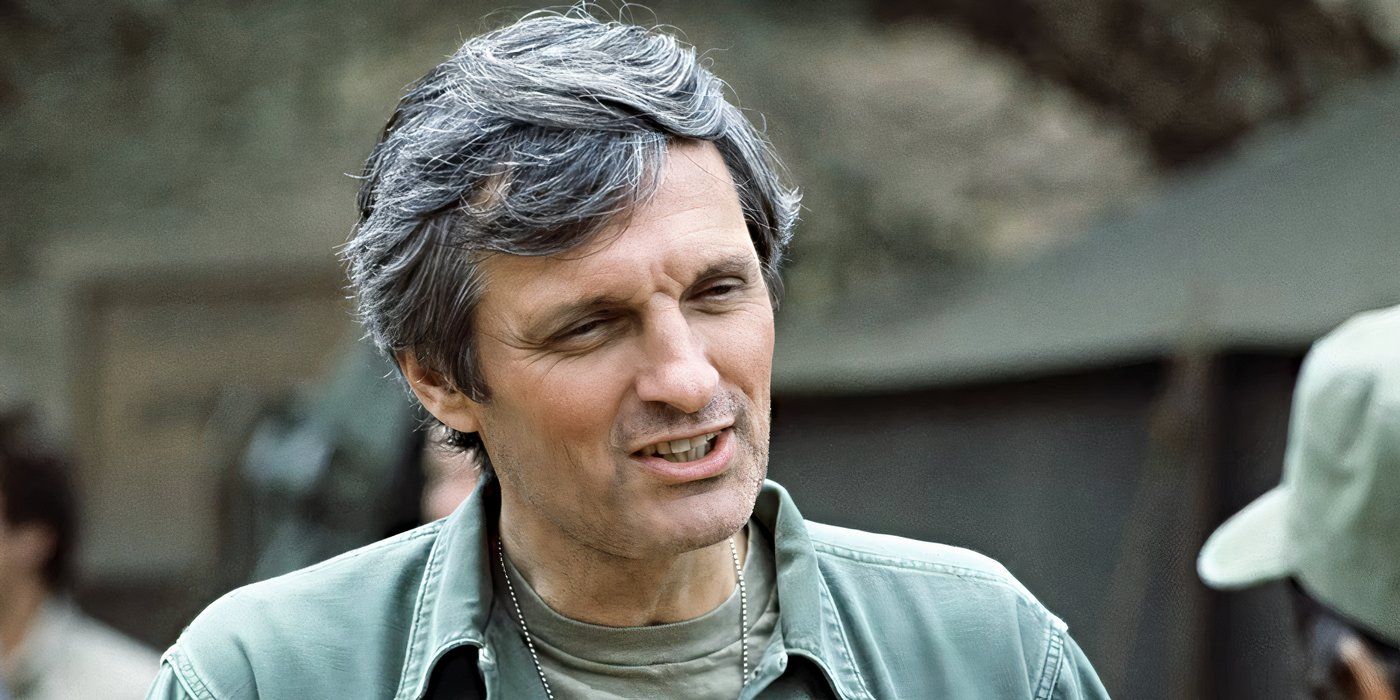10 Most Iconic ’80s TV Episodes, Ranked

Television in the 1980s was filled with memorable, iconic moments. Not many years in the future, the rise of cable television will begin fracturing the audience, a trend that will only continue exponentially, but that’s not an issue in the ‘80s. Granted, this means fewer options to watch, but it also means that when large moments happen on popular shows, they’re experienced as a collective.
The following episodes represent the most iconic moments in ‘80s television. Some exemplify storytelling at its finest, and others capture the spirit of the time in which they were made. From two stubborn lovers finally admitting their feelings, to cliffhangers that caused the nation to become amateur sleuths, these are the episodes that defined a decade.
10
“Picture from the Past, Hidden Treasure, Ace’s Salary” (1985)
‘The Love Boat’ (Season 9, Episode 3)
There were many celebrity cameos throughout the run of The Love Boat (the series existed on the back of said cameos), but none was as surprising as when influential artist and personality Andy Warhol stepped on board. In the Season 9 episode “Picture From the Past, Hidden Treasure, Ace’s Salary,” Warhol plays himself as he offers to do a portrait for one lucky guest on the cruise.
Warhol was a major figure in the art world, so his appearance on a light romantic comedy series such as The Love Boat was immediately a subject of conversation, leading to critics dissecting his appearance for clues as to the statement he was making with his cameo. Reportedly, Warhol was a fan of the show, and his involvement was, at least in part, due to his appreciation of the program. Regardless of the intent, Warhol’s appearance brought curious viewers back to the show for what would be its final season.
9
“Definitely Miami” (1986)
‘Miami Vice’ (Season 2, Episode 12)
With its cinematic presentation and chart-topping soundtrack, Miami Vice was one of the most iconic shows of the ‘80s, and the episode “Definitely Miami” is a quintessential example as to why. The Season 2 episode follows Detective Sergeant James “Sonny” Crockett (Don Johnson) as he gets mixed up with a beautiful woman named Callie (Arielle Dombasle) and her violent serial killer husband, Charlie (Ted Nugent). Sonny has to determine if Callie is actually in need of his help or if he’s being used in a con that ends with him being killed.
Miami Vice pushed the envelope of what was shown on television in terms of violence and sexuality, a crime drama that was as much a lifestyle ad. “Definitely Miami” has no shortage of either, as the stylish ending that plays like a music video is considered a high point for the series. As a time capsule for ‘80s fashion and music, any episode of Miami Vice would potentially work, but “Definitely Miami” is the definitive example of the show running at peak form.
8
“Pilot” (1987)
‘Married with Children’ (Season 1, Episode 1)
A new upstart network called Fox announced its arrival with a TV family unlike any previously seen. Married… with Children threw acid on the concept of a family sitcom, working on the premise that it was dysfunction and circumstance, not love, that kept a household running. Patriarch Al Bundy (Ed O’Neill) wore his misery on his sleeve, resigned to spar with wife Peg (Katey Segal) when not fending off requests for money from daughter Kelly (Christina Applegate) and son Bud (David Faustino).
The pilot episode of Married… with Children didn’t waste time setting the tone, with Al and Peg lobbing sarcastic insults at one another in the opening moments. Later, when neighbors Marcy (Amanda Bearse) and Steve (David Garrison) come over for a couple’s evening, Al and Peg launch into a blue-collar rendition of Who’s Afraid of Virginia Woolf?, bonding over their corruption of the newly married couple. The sitcom would become a much-needed hit for Fox and remain a fixture on the network for 11 increasingly absurd seasons.
7
“Isn’t It Romantic?” (1986)
‘The Golden Girls’ (Season 2, Episode 5)
In The Golden Girls’ Season 2 episode “Isn’t It Romantic?”, Dorothy’s (Bea Arthur) friend Jean (Lois Nettleton) comes by to catch up and stay a few days at the house. Jean is a lesbian, and although Sophia (Estelle Getty) is aware, Dorothy debates disclosing that to Rose (Betty White) and Blanche (Rue McClanahan). However, when Jean and Rose establish a quick and meaningful rapport, emerging feelings will bring any secrets to light.
In 1986, when the episode aired, plots with LGBTQ+ representation were not commonplace, and if they were, it was typically as a point of uncomfortable comedy with a derogatory implication. “Isn’t It Romantic?” doesn’t use the introduction of Jean for easy jokes, but rather makes her a well-rounded, sympathetic character who is adjusting to life after losing her partner. The episode is typically sharp-witted and lacks none of its trademark humor, but the final scene where Rose and Jean have an open talk that ends in mutual respect and friendship was years ahead of its time.
6
“Ellen Burstyn” (1980)
‘Saturday Night Live’ (Season 6, Episode 3)
Not every legendary television moment is evident when it airs, as was the case when the unknown comedian Eddie Murphy made his debut on Saturday Night Live. The Season 6 episode wasn’t particularly history-making at first glance. There was no candidate for the most iconic SNL sketch of all time present, or live mishap to cause controversy during the broadcast. However, during the weekend update segment hosted by Charles Rocket, Murphy would make his debut on the comedy show as part of Joe Piscopo’s sports breakdown.
Murphy’s arrival on the long-running variety series couldn’t have come at a better time, because even with only a few episodes into season six, the new cast was struggling to fill the shoes of the Not Ready for Primetime Players, who exited at the end of season five. Exuding enough presence to fill the soundstage, Murphy barely had a minute of screentime, but that was all he needed to make an impression. His talent would continue to shine, and help carry Saturday Night Live through the years when it was at its most vulnerable to be cancelled.
5
“Return to Camelot: Part 1” (1986)
‘Dallas’ (Season 10, Episode 1)
In the unpredictable world of the primetime soap Dallas, viewers assumed they could only count on two things. J.R. Ewing (Larry Hagman) would always find ways to control the family business, Ewing Oil, and his good-hearted younger brother Bobby (Patrick Duffy) would be there to stop him. Bobby’s death in Season 8 left fans grieving, but when he magically returned as a cast member in the season ten opener “Return to Camelot: Part 1,” the audience was left pleased but confused.
Bobby is first seen in the Season 9 finale, nonchalantly taking a shower in one of the best plot twists of the ’80s, but his return is explained when Season 10 kicks off. As it turns out, the death of Bobby and everything that happened after was a dream, and fans were asked to forget a year’s worth of storylines they invested their time into. The behind-the-scenes reason was that Duffy asked to leave the show and then had a change of heart, but the bold solution to his character’s death would be a memorable, if not dubious, moment for the show.
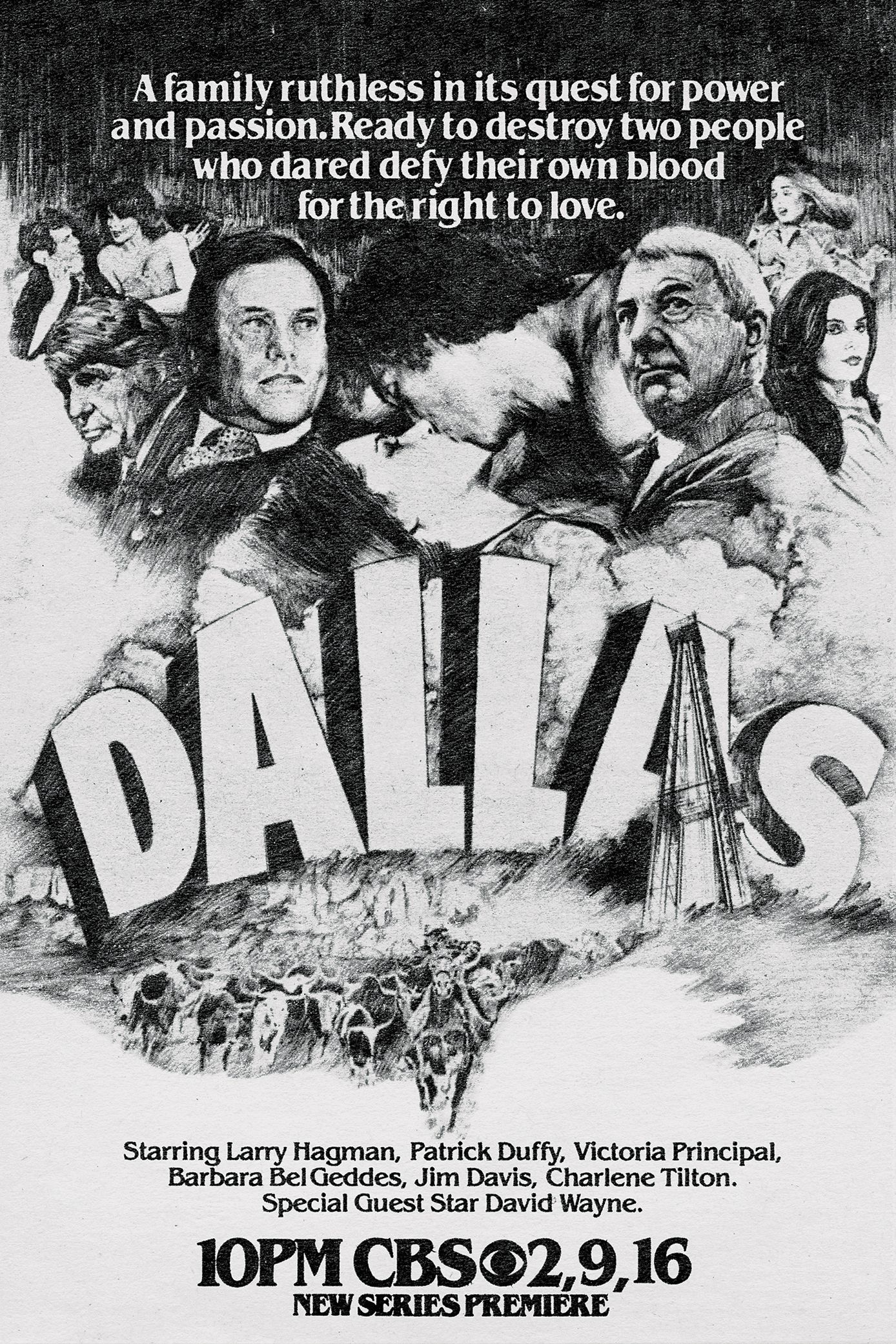
Dallas
- Release Date
-
1978 – 1990
- Network
-
CBS
4
“Trial by Fury” (1982)
‘Hill Street Blues’ (Season 3, Episode 1)
Hill Street Blues was never a series that shied away from the ugly crimes the police were forced to stomach, but the Season 3 opener “Trial by Fury” was especially brutal. An unthinkable attack and murder of a nun leaves Captain Frank Furillo (Daniel J. Travanti) disgusted and determined to bring the killers to justice. When a confession is not coming quickly enough, the Captain threatens to leave the suspects to the growing crowd outside, an angry mob who would prefer to take the matter into their own hands.
The scope of the crime and the lengths taken to bring the perpetrators to justice were a gritty exploration of whether “the ends justify the means” that was seldom seen on network television at the time. Future Deadwood creator David Milch would make his television writing debut with “Trial by Fury,” an episode that would be a precursor to his larger involvement in Hill Street Blues to come. “Trial by Fury” would win the Emmy for Outstanding Writing in a Drama Series and serve as an example of the morally gray storytelling that made Hill Street Blues a groundbreaking work.
3
“The Showdown, Part 2” (1983)
‘Cheers’ (Season 1, Episode 22)
The romantic tension between Sam (Ted Danson) and Diane (Shelley Long) began to mount from their first interaction and only continued to grow, so by the end of Cheers’ first season, viewers were anxious to see something, anything, happen for the mismatched pair. Both were too proud to make the first move, but the arrival of Sam’s brother and his interest in Diane would finally prove to be the necessary push.
In terms of a romantic payoff, there is no more iconic moment in ‘80s television than Sam and Diane finally embracing and giving in to their feelings. The pacing, the opposites attract structure, the missed opportunities that lead to unbearable tension; all of this and more create a blueprint for how to build a love story in a way that keeps audiences hooked for every second. Future sitcoms would use the plot device as a crutch when the jokes became harder to write, but for Cheers, it elevated a near-perfect show into flawless entertainment.
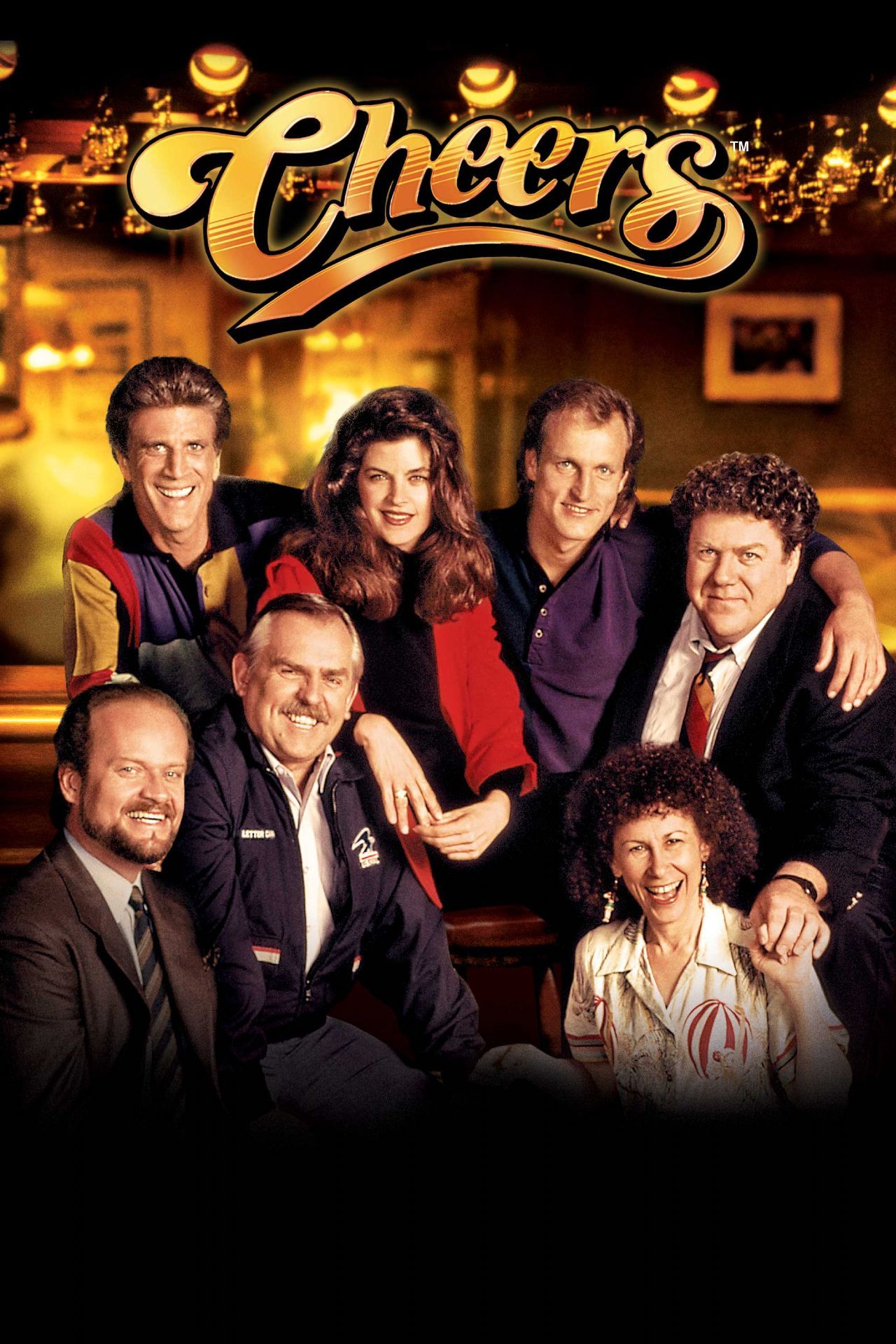
Cheers
- Release Date
-
1982 – 1992
- Network
-
NBC
2
“A House Divided” (1980)
‘Dallas’ (Season 3, Episode 25)
There’s no way to discuss iconic moments of ’80s television without mentioning the biggest question of the decade, “Who Shot J.R.?” For three seasons of Dallas, J.R. Ewing (Hagman) ruthlessly used anyone around him in the pursuit of adding another comma to his bank account, but his actions caught up to him in the Season 3 finale, “A House Divided.” After a series of selfish dealings leave J.R. with no allies, an anonymous assailant shoots the oil tycoon, leaving him bleeding on the ground before the episode ends.
The question of “Who Shot J.R.?” became a cultural craze and the definition of a successful cliffhanger…
Dallas had perfected the art of an influential TV cliffhanger, practically making it impossible for viewers to watch anything else the following week, but the identity of J.R.’s attacker was taking the concept to an entirely new level. The fact that it was the season finale added to the torture, because audiences were left to form their own theories for months before they could get the question answered. The question of “Who Shot J.R.?” became a cultural craze and the definition of a successful cliffhanger, arguably never to be topped.
1
“Goodbye, Farewell and Amen” (1983)
‘M*A*S*H’ (Season 11, Episode 16)
No one episode of television was more impactful on audiences in the 1980s than the series finale of M*A*S*H. In the extended finale, Hawkeye (Alan Alda) comes to terms with a particularly traumatic experience, while the many characters fans loved wrap up their storylines and are given closure in the wake of a war coming to an end.
The finale of M*A*S*H was more than the last episode of a beloved series; it became a shared experience for the country as it drew a record viewership of roughly 106 million households. After seeing the characters endure numerous hardships, there was a cathartic feeling to seeing Hawkeye climb aboard a helicopter and go back to a life where the horrors of war weren’t on the other side of a tent. “Goodbye, Farewell and Amen” remains an iconic moment in ‘80s television and the history of entertainment as a whole.
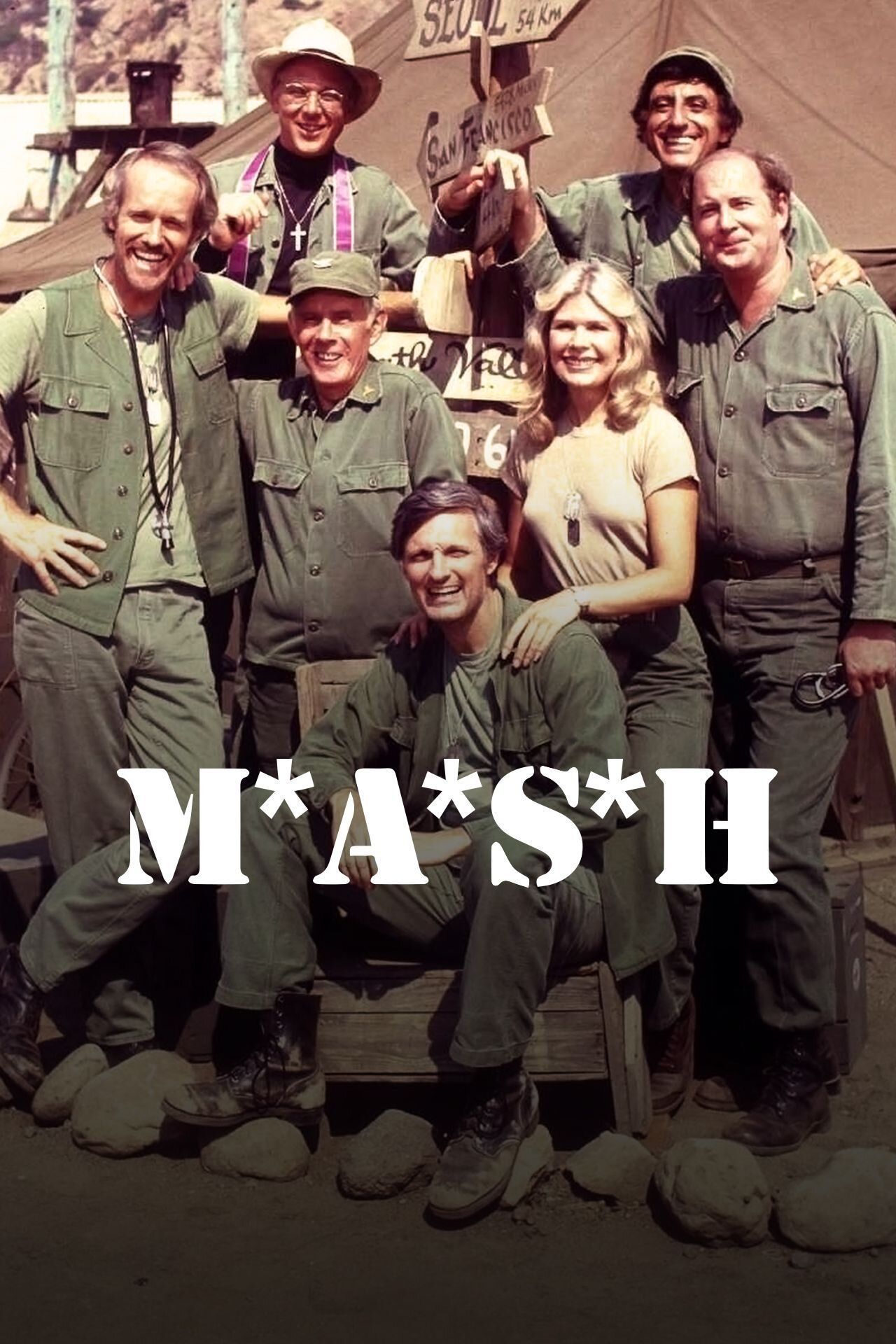
M*A*S*H
- Release Date
-
1972 – 1983-00-00
- Network
-
CBS
-
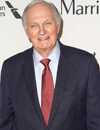
-

Loretta Swit
Margaret Houlihan
